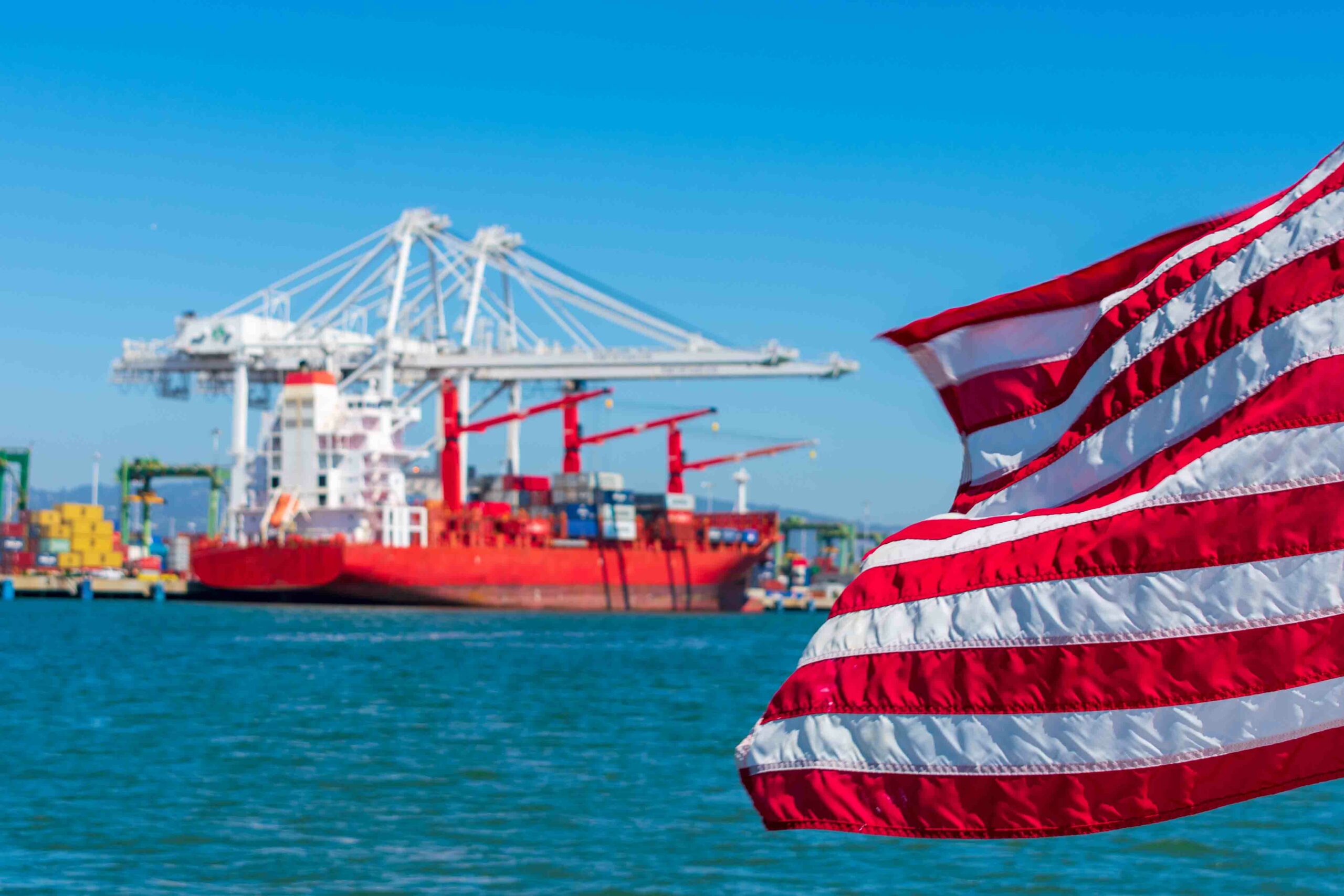Despite the best efforts of the White House, shipping and port analysts predict only a slight immediate improvement in container congestion at US ports with longer business hours at ports.
The main villains and choke points have been identified as too few truck drivers to transport and handle the huge increase in volumes at the ports, inadequate rail capacity which has been taken unawares by the upsurge in consumer demand, as well as the long-standing difficulty of balancing chassis demand and supply.
Ed de Nike, president of SSA Terminals, which operates three of the biggest terminals on the West Coast, has said, “We don’t believe that more gate hours are going to solve the problem.” He told a meeting of shipping and port executives that SSA has offered longer business hours at some locations, but truckers have shown no interest.
Transport economist Paul Bingham, director, IHS Markit Economics and Country Risk, says “This is still a multi-dimensional problem with inadequate numbers of container chassis, inadequate vacancies among commercial warehousing, distribution center and fulfillment center commercial properties in Southern California and inadequate railroad capacity to handle their share of the container volumes. The congestion is pervasive across the system.”
But one little-known complication is the landlord system at ports, whereby port authorities lease terminals to individual commercial operators who work independently. Getting the terminal operators to extend business hours involves port authorities asking each one separately.
Added to this is a fragmented system of IT, computers and terminal operating systems. Each port and terminal decides for itself what to use and there is no uniform network. The American Association of Port Authorities emphasizes that US ports need to share more information, cooperate more and use common IT platforms.
Some observers argue the difficulty is more one of a change of attitude among management to becoming allies instead of rivals. The technical, software and hardware obstacles are seen as less challenging because ports use most of the same types of IT equipment while the software is dominated by two or three providers.
Analysts agree that the shortage of truck drivers can mostly be overcome by paying higher wages. The pandemic worsened the situation, with thousands giving up because of fewer loads and already low rates paid for each load. Now there are many more loads in theory, but each delivery takes three or more times as long because of the hours spent waiting at terminals.
Wirtten by Martin Rushmere – US Correspondent


